The Many Benefits of Learning Through Sensory Play
-
- Children and adults learn best and retain the most information when they engage their senses. Most of our favourite memories are easy to recall because we associate them with one or more of our senses.
-
- Sensory play encourages children to manipulate and mould materials, improving their coordination and fine motor skills.
-
- The sensation of different materials such as sand, mud, slime or play dough, being squeezed between fingers and toes, of stretching, pulling, and rolling between palms can also be very relaxing for anyone, but particularly calming for anxious or frustrated children.
-
-
- Sensory activities are unstructured, open-ended and not product-oriented. It allows for freedom of expression as it’s not influenced by pre-conceived notions, such as brand concocted themes or characters.
- It encourages imaginative and creative play, allowing children to learn in their preferred mode – visual, aural, verbal, kinesthetic - tactile, etc. Click here to learn more about different learning styles.
-


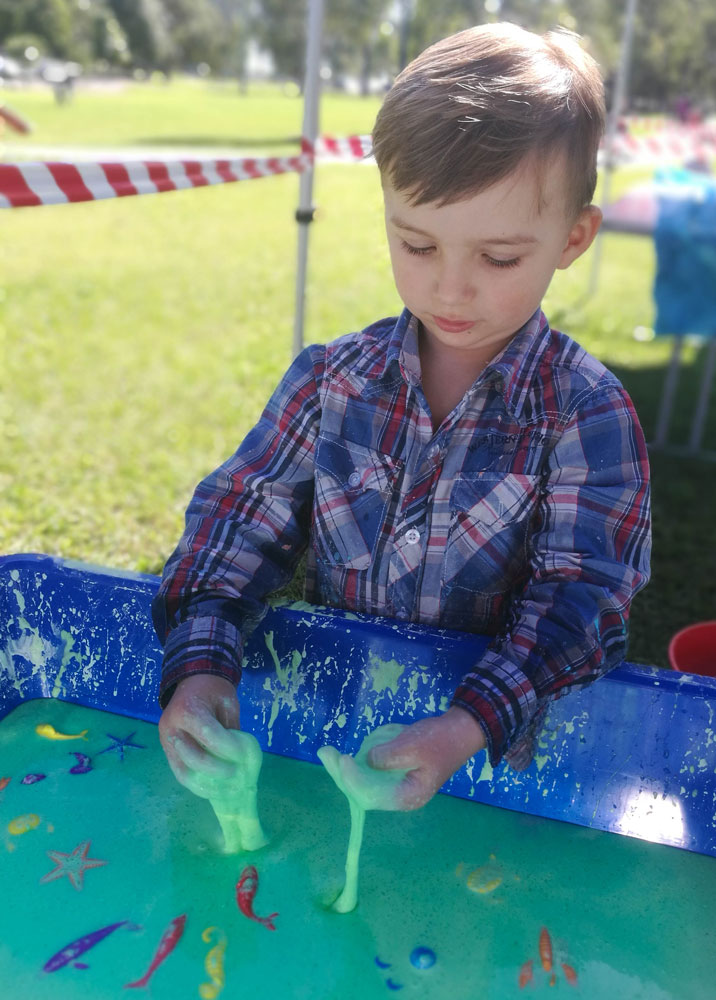
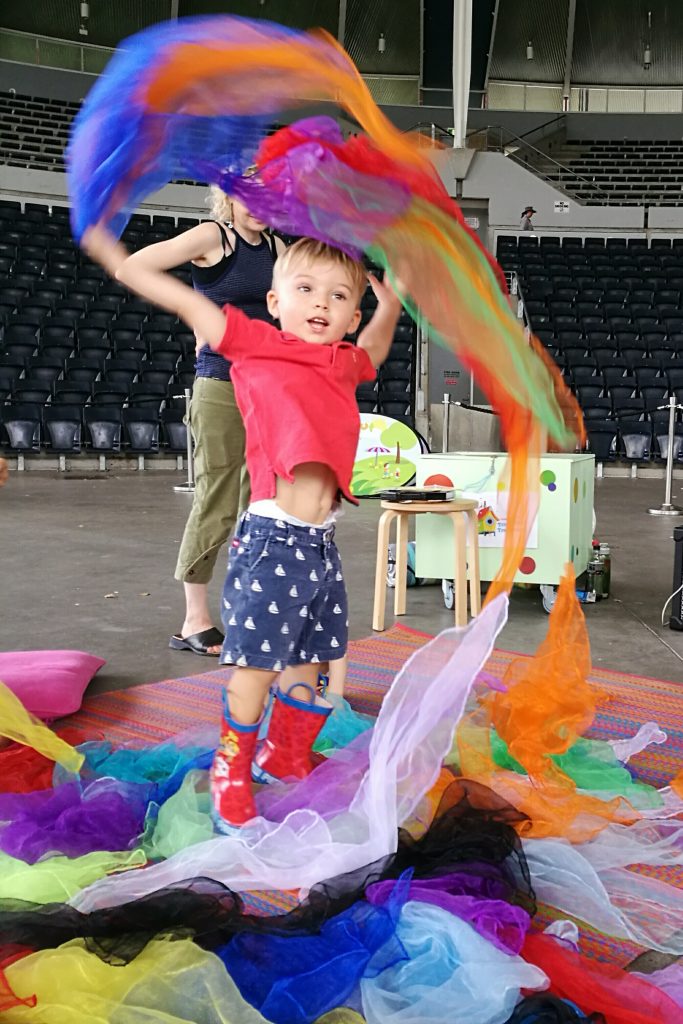


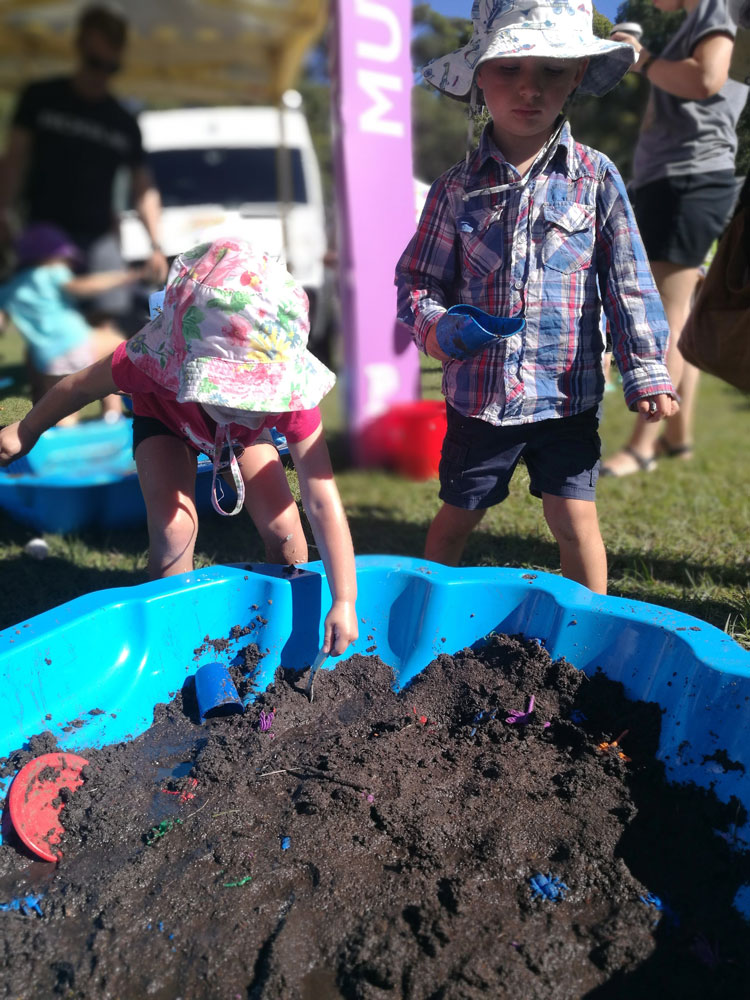
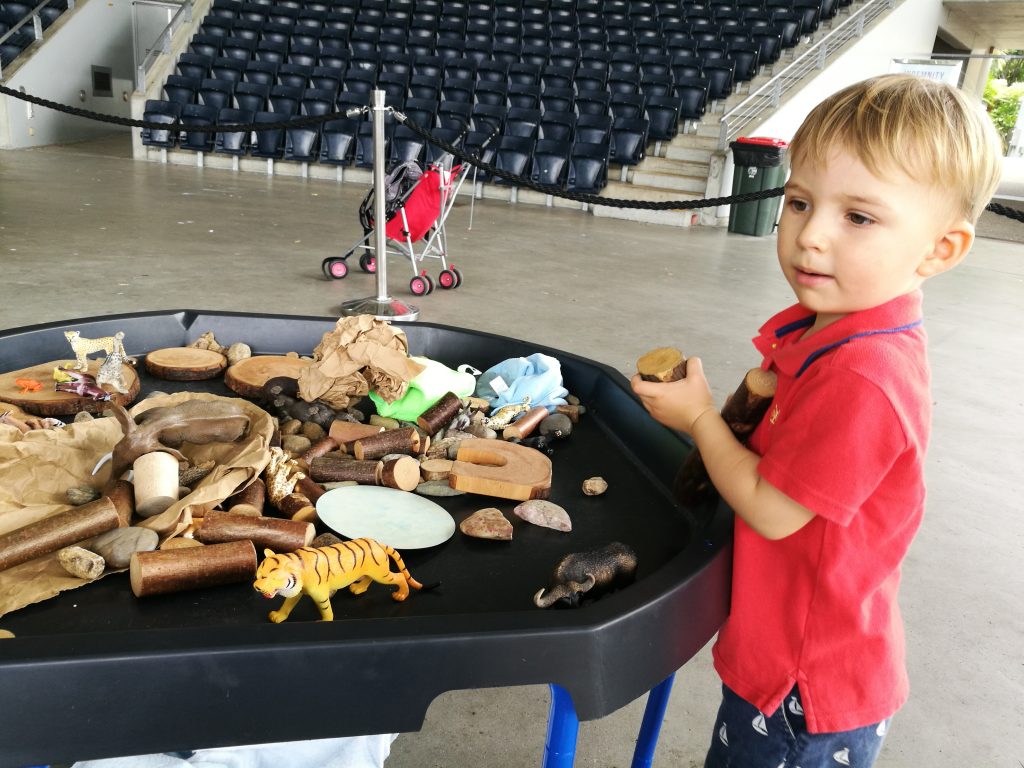

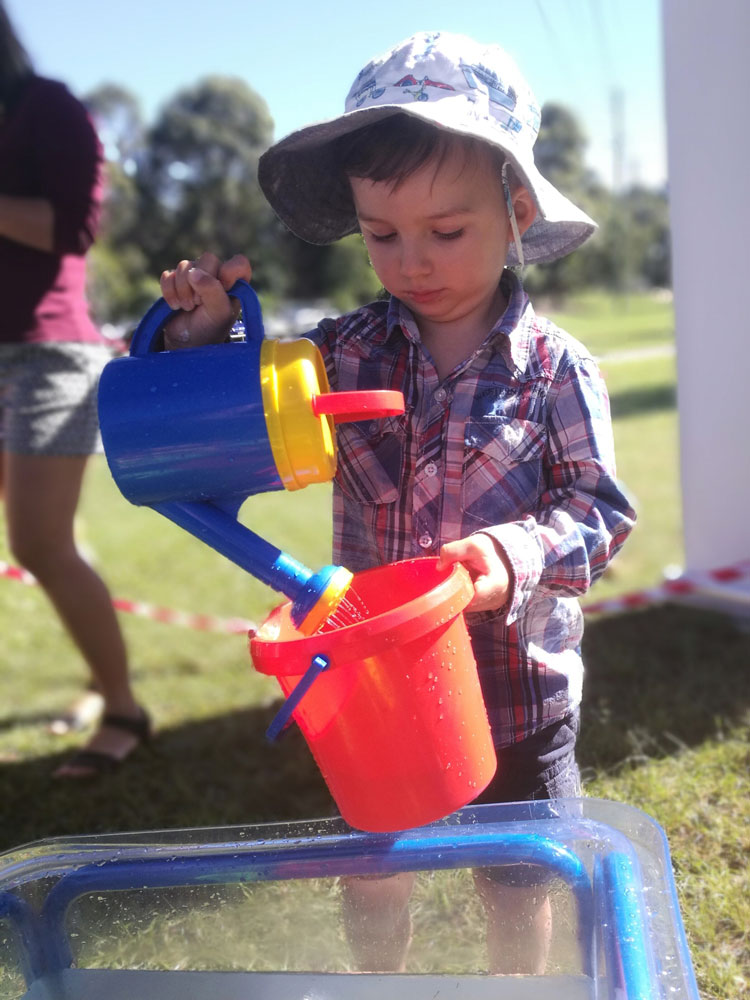
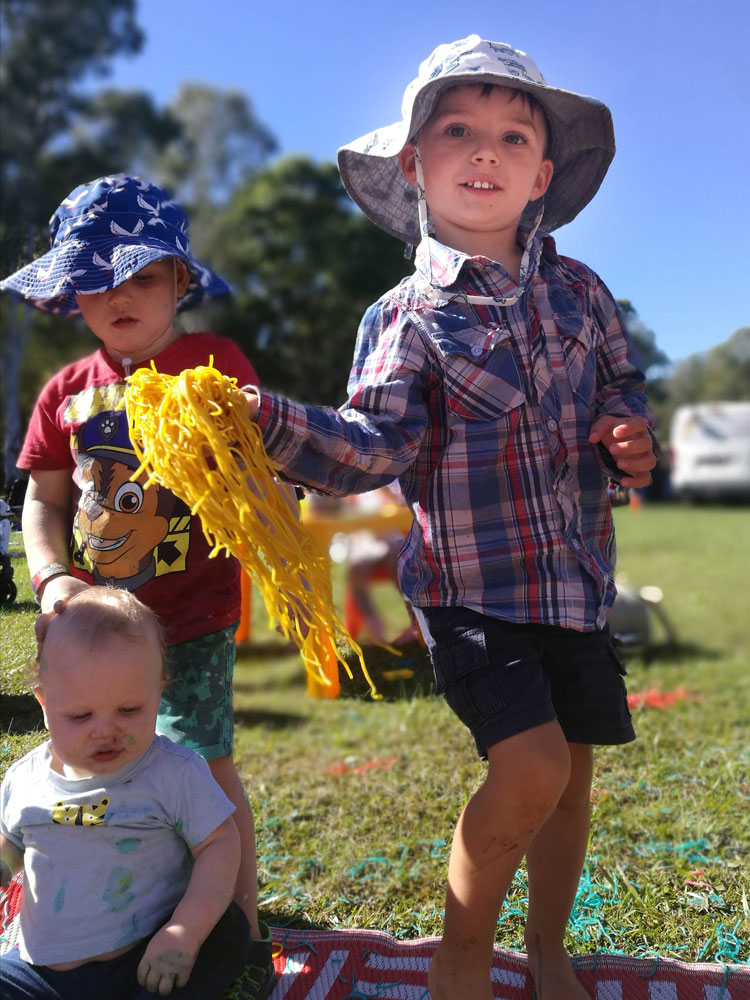
-
- Sensory play can help children develop their self-esteem as there is no right answer, there’s no pressure to get an answer right, stick to a set of rules or feel as though they’re competing to meet a desired outcome.
-
- Sensory activities enhance language development, as it is an opportunity experiment with language, particularly descriptive words, i.e. Adjectives such as sticky, slimy, wet, cold, etc.
- If playing with others it can help develop social skills such as sharing, taking turns, patience – waiting for your turn and practising negotiation skills.
- Sensory play can help improve healthy eating habits. For those fussy eaters actually playing with their food can help them overcome their concerns. Some children are turned off by the colour or texture of particular foods. By allowing them to get hands-on and engage with the wetness of noodles or the various smells of fruit, for example, they become familiar and comfortable. Eating those once strange items becomes instinctively more likely as positive pathways in the brain have been formed and built trust.
There are many ways to engage in sensory play, here are just a few suggestions:
- Find inspiration in the natural world – collect leaves, flowers, shells or pebbles; jump in muddy puddles; compare the shape and size of sticks, trees, and clouds.
- Slime – click here for a simple recipe with only 3 ingredients.
- Playdough – try it with a hint of lemon sent*
- Silly Sand or polenta
- Water trough – let them grab the hose and fill-up buckets, introduce ice cubes (with or without frozen toys/fruit, etc. inside) and watch them melt
- Pasta / Noodles (wet or dry, or both)
- Corn kernels (unpopped), various rice grains, chickpeas
- Jelly (with or without fruit pieces)
- Food colouring and Epson salts
- Bath time – introduce Bubbles, flowers, or Gelli Baff. Discuss how some things sink and others float.
- Finger painting – experiment with different “paint brushes” such as sponges, vegetables, leaves, sticks or the material on which you paint. You can also make edible paint from food colouring combined with yoghurt or simply puree banana, kiwi, blueberries, strawberries or raspberries for example.
- Meal times / food – Watch this space *** “Cooking with Children” coming soon ***
- Soft pipe cleaners, cotton wool balls and bubble wrap.
As always, your child’s safety comes first. Please consider your child’s age and relative chocking hazards.
*Please note when incorporating aromatherapy oils into your activities, as some people are highly sensitive to oils such as lavender, which can burn and scar the skin in small but concentrated doses.
